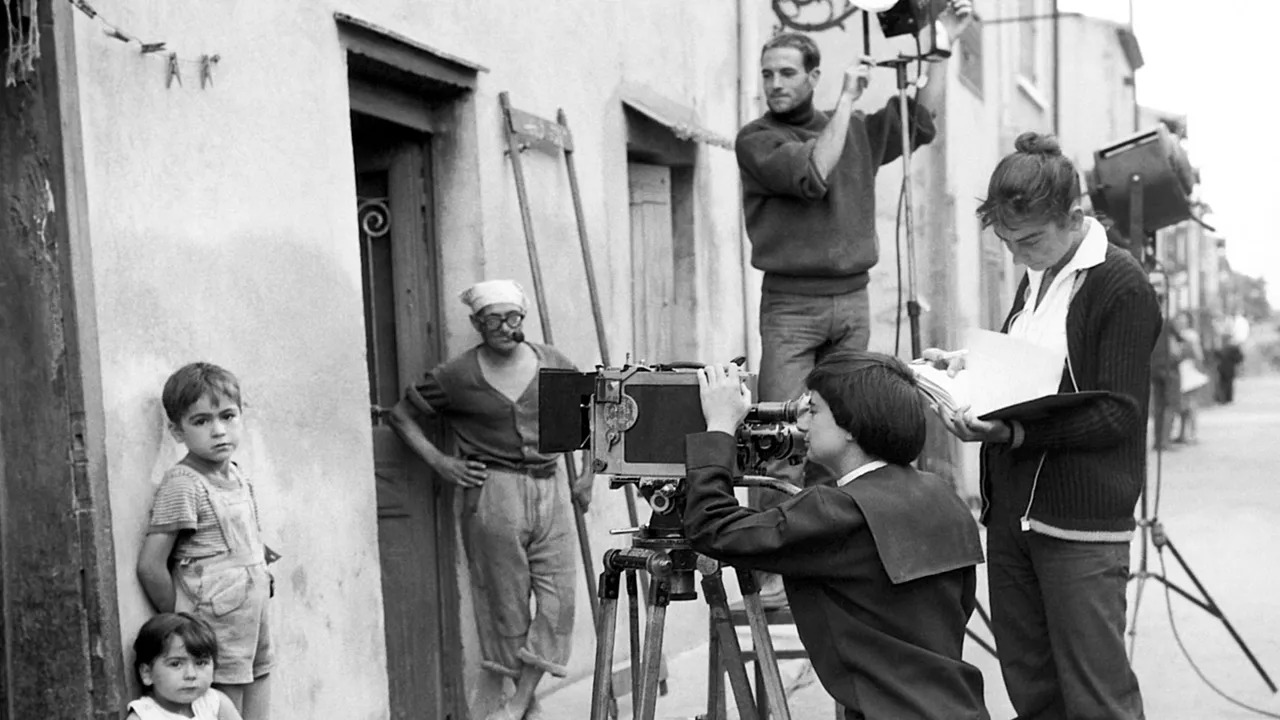Introduction:
The birth of cinema marked a revolutionary moment in human history, forever transforming the way we perceive and consume visual storytelling. This comprehensive article delves into the early history of cinema, tracing its origins, significant milestones, and the key pioneers who shaped this remarkable art form. From the advent of motion picture technology to the emergence of silent films, this article explores the evolution of cinema during its formative years.
1. The Birth of Motion Picture Technology:
The foundations of cinema can be traced back to the invention and development of motion picture technology. In the late 19th century, inventors such as Eadweard Muybridge, Étienne-Jules Marey, and Thomas Edison explored the possibilities of capturing and reproducing moving images. Their experiments with devices like the zoetrope, praxinoscope, and Kinetoscope laid the groundwork for the motion picture industry.
2. The Lumière Brothers and the Birth of Cinematography:
In 1895, the Lumière brothers, Auguste and Louis, presented their groundbreaking invention, the Cinématographe, to the public. The Cinématographe was a combination camera, printer, and projector, capable of capturing, developing, and projecting moving images onto a screen. The Lumière brothers' first public screening in Paris marked the birth of cinematography and the beginning of cinema as a mass medium.
3. The Emergence of Silent Films:
During the early 20th century, silent films emerged as the dominant form of cinematic expression. Pioneering filmmakers like Georges Méliès, Edwin S. Porter, and D.W. Griffith pushed the boundaries of storytelling through visual language. Méliès dazzled audiences with his imaginative and fantastical films, while Porter and Griffith introduced narrative techniques, such as cross-cutting and close-ups, to enhance dramatic impact.
4. The Rise of Film Studios:
As cinema gained popularity, film studios began to emerge. Companies like Pathé, Gaumont, and Universal Pictures played a pivotal role in the production, distribution, and exhibition of films. These studios not only provided a platform for filmmakers but also contributed to the standardization of film production processes and the establishment of film genres.
5. The Birth of Film Genres:
During the early years of cinema, various film genres began to take shape. From slapstick comedies to Westerns and melodramas, filmmakers experimented with different storytelling styles to cater to diverse audiences. Silent film stars like Charlie Chaplin, Buster Keaton, and Rudolph Valentino captured the hearts of viewers worldwide, becoming iconic figures of the era.
6. Technological Advancements: Sound and Color:
The 1920s witnessed significant technological advancements in cinema. The introduction of synchronized sound revolutionized the industry with the release of "The Jazz Singer" in 1927. This breakthrough led to the rapid decline of silent films and the rise of "talkies." Additionally, the advent of color in motion pictures, starting with two-strip Technicolor and later three-strip Technicolor, brought a new dimension to visual storytelling, heightening the cinematic experience.
7. International Contributions:
While the early years of cinema were marked by the dominance of European and American filmmakers, other countries made significant contributions. Filmmakers from Germany, such as F.W. Murnau and Fritz Lang, revolutionized expressionist cinema, while Soviet filmmakers like Sergei Eisenstein and Dziga Vertov pioneered innovative techniques in editing and documentary filmmaking. Japanese cinema flourished with the works of directors like Yasujirō Ozu and Kenji Mizoguchi, known for their introspective and poetic storytelling. Each country brought its unique cultural perspectives, influencing the development of cinema as a global art form.
Akira Kurosawa and Yasujirō Ozu, who brought forth a unique cultural perspective and storytelling style. These international contributions enriched the global cinematic landscape and influenced filmmakers around the world.
8. The Impact of Film Societies and Film Festivals:
Film societies and film festivals played a crucial role in promoting and preserving early cinema. Organizations like the Cinémathèque Française in France and the Film Society of Lincoln Center in the United States dedicated themselves to showcasing and preserving classic films. Film festivals, such as the Venice Film Festival and the Cannes Film Festival, provided platforms for filmmakers to showcase their work and fostered a sense of community among cinephiles.
9. Early Film Movements:
During the early history of cinema, several influential film movements emerged, challenging traditional storytelling conventions and pushing the boundaries of cinematic expression. The German Expressionist movement, characterized by its use of distorted visuals and psychological themes, had a profound impact on the development of film noir and horror genres. The French New Wave movement, led by filmmakers like Jean-Luc Godard and François Truffaut, broke away from classical Hollywood conventions and embraced innovative storytelling techniques.
10. Impact on Society and Cultural Influence:
Cinema's popularity grew rapidly during its early years, becoming a significant cultural force. Films became a shared experience, reflecting and shaping societal norms, values, and aspirations. They provided a means of escapism during challenging times, offered social commentary, and served as a medium for cultural exchange. Cinema became an integral part of popular culture, influencing fashion, music, and even language.
Conclusion:
The early history of cinema marked a period of rapid innovation and experimentation, where pioneers and visionaries laid the foundation for an art form that would captivate and inspire audiences for generations to come. From the Lumière brothers' invention of the Cinématographe to the emergence of silent films, the development of film studios, and the advancements in technology, cinema evolved as a medium of artistic expression and mass entertainment. The early filmmakers and their contributions continue to shape the way we experience and appreciate cinema today, reminding us of the transformative power of storytelling through moving images.

Comments